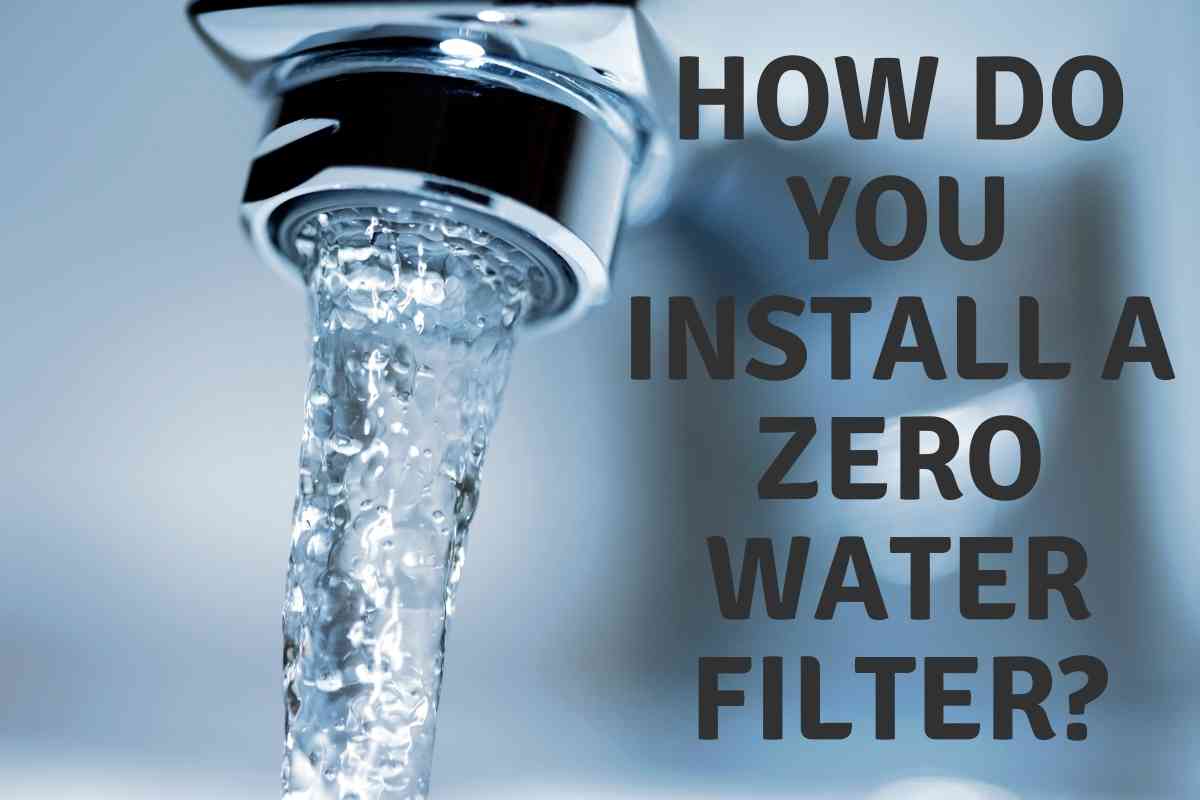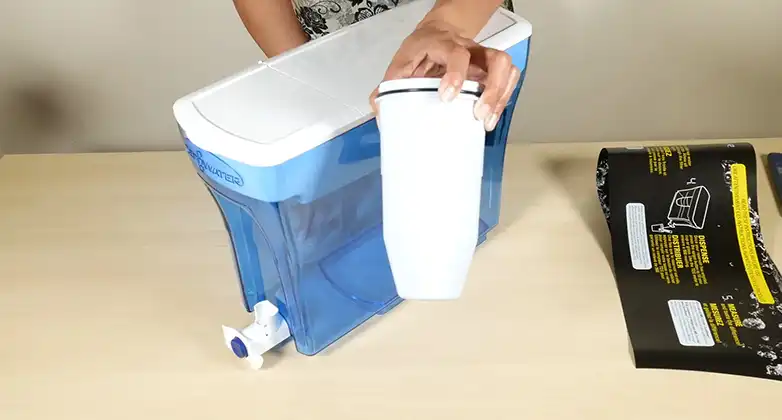How Often Do You Change Zero Water Filter

The lifespan of a ZeroWater filter is a common question for users seeking to purify their tap water. However, the answer isn't straightforward, as it depends heavily on water quality. Understanding how to gauge filter performance and interpret Total Dissolved Solids (TDS) readings is crucial for maintaining optimal water purity and filter longevity.
Determining the replacement frequency of a ZeroWater filter is primarily dictated by the amount of Total Dissolved Solids (TDS) in your water. Using the provided TDS meter, you can monitor the water's purity. Once the reading reaches 006 ppm, it's time for a new filter, according to ZeroWater's guidelines.
Understanding TDS and Filter Performance
TDS refers to the total concentration of dissolved minerals, salts, metals, and other organic or inorganic substances in water. Higher TDS levels mean more contaminants are present, which can affect taste, odor, and potentially health.
ZeroWater filters are designed to remove a high percentage of these contaminants, offering water that meets or exceeds FDA standards for purified bottled water. These filters use a multi-layer filtration system. This includes activated carbon and ion exchange resins to remove various impurities.
Factors Affecting Filter Lifespan
The primary factor influencing how often you need to change your ZeroWater filter is your incoming water's TDS level. Water with higher TDS will exhaust the filter's capacity faster.
Water hardness also plays a role. Hard water contains high levels of calcium and magnesium, contributing to TDS and potentially shortening the filter's lifespan.
The frequency of use also matters. Regular heavy use will naturally deplete the filter more quickly compared to infrequent use.
ZeroWater's Official Recommendations
ZeroWater provides a general guideline: filters should be replaced when the TDS reading reaches 006 ppm. This ensures optimal water purity.
They also offer a chart estimating filter life based on initial TDS readings. For example, water with TDS below 50 ppm might yield 40 gallons per filter, while water with TDS above 400 ppm might only yield 6 gallons.
This chart serves as a helpful, albeit approximate, indicator. Regular monitoring with the TDS meter is the most reliable method.
Interpreting Your TDS Readings
The TDS meter that comes with ZeroWater products is simple to use. Just fill your container with filtered water and dip the meter into the water.
A reading of 000 ppm indicates extremely pure water, while 001-005 ppm is considered very good. A reading of 006 ppm or higher signals the need for a filter replacement.
Consistent monitoring is key. Check your water regularly, especially when you first start using the filter, to establish a baseline and understand how quickly your TDS levels increase.
Beyond TDS: Other Indicators of Filter Degradation
While TDS is the primary indicator, other signs suggest a filter needs replacing. These include a noticeable change in the taste or odor of the filtered water.
A significantly slower filtration rate can also indicate that the filter is clogged or exhausted. Cloudiness or discoloration in the filtered water are red flags as well.
If you observe any of these issues, even if the TDS reading is below 006 ppm, it's best to replace the filter.
Environmental Considerations and Responsible Disposal
Used ZeroWater filters are not typically recyclable through standard municipal programs. This is due to the composite nature of the filter materials.
ZeroWater may have mail-in programs or partnerships for recycling old filters in the future. Consumers are advised to check their official website or contact customer service for the most up-to-date information on recycling options.
Proper disposal can help minimize environmental impact. Some users choose to open the filter and empty the contents into their garden, as activated carbon can benefit soil health.
Impact on Users and Consumer Advice
Understanding how frequently to change your ZeroWater filter directly impacts the quality of water you consume. Regular replacement ensures consistent purity.
Failure to replace filters on time could expose you to higher levels of contaminants. This defeats the purpose of using a filter in the first place.
Invest in a supply of replacement filters and maintain a regular monitoring schedule. This will help ensure you always have access to clean, purified water.
Ultimately, the lifespan of a ZeroWater filter depends on individual water conditions and usage habits. By actively monitoring your TDS levels and paying attention to other indicators of filter performance, you can maintain optimal water quality. Remember to follow ZeroWater's official recommendations to ensure a safe and healthy drinking experience.
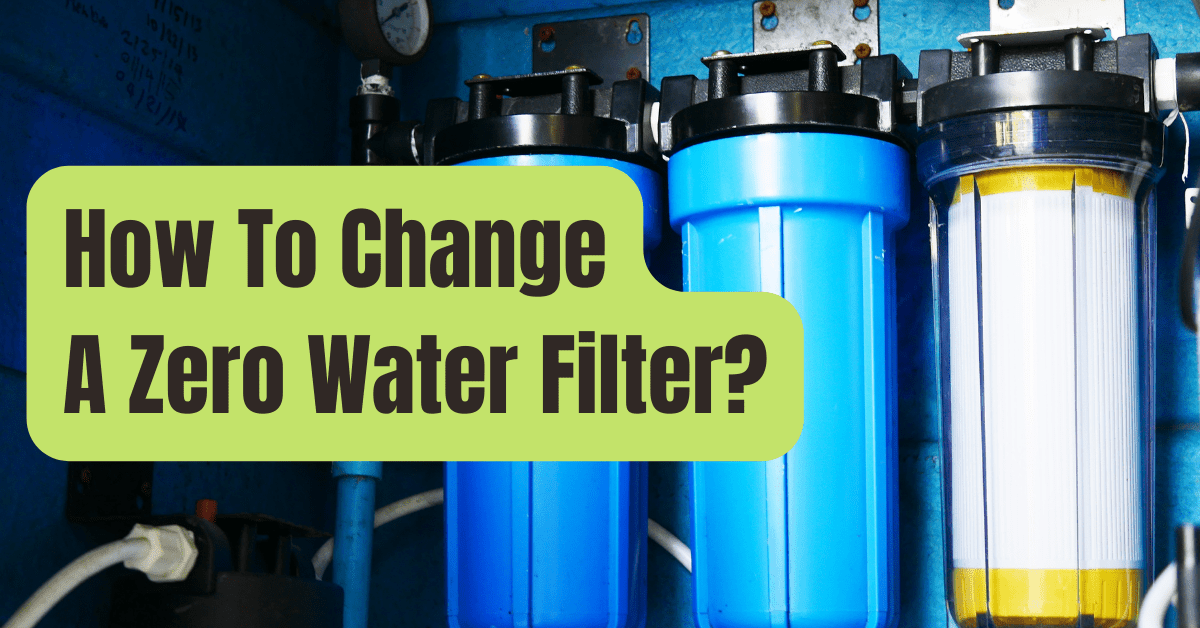
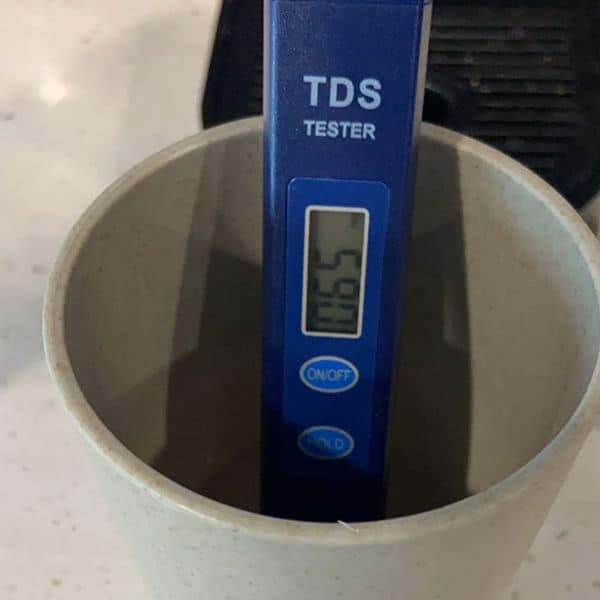




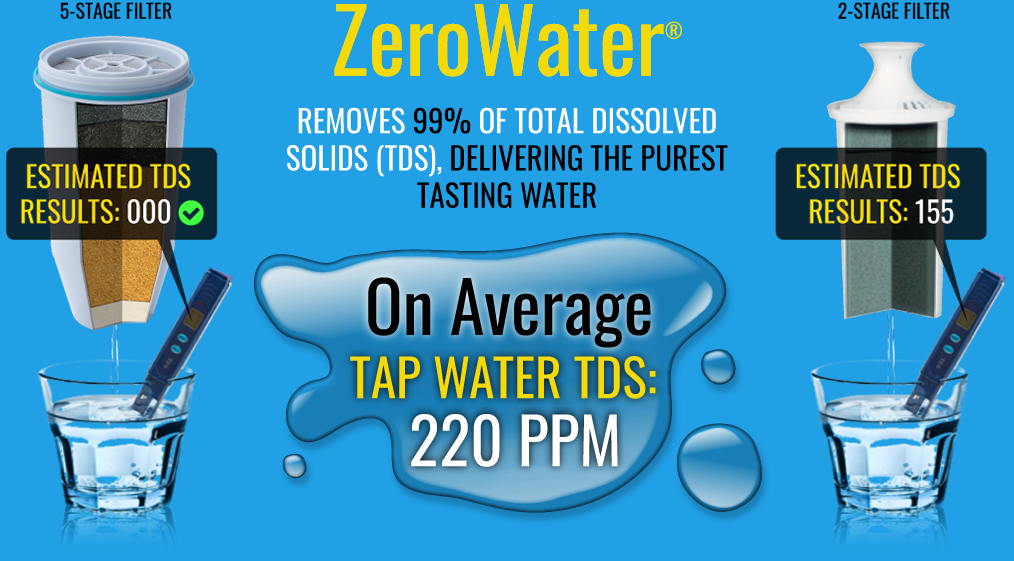
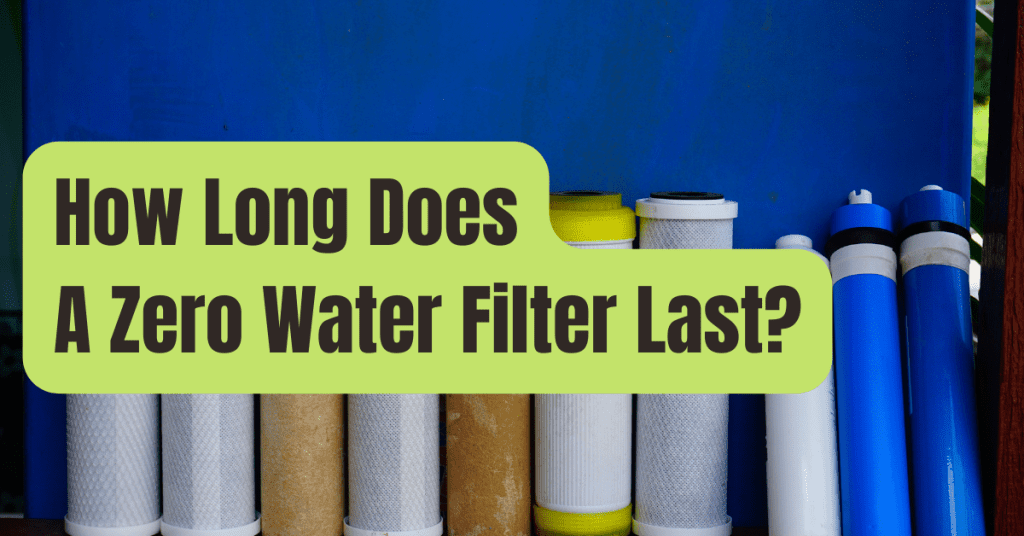



![How Often Do You Change Zero Water Filter How Does a Water Filter Work [The Ultimate Guide]](https://homeunderstandable.com/wp-content/uploads/2024/12/how-often-to-change-zero-water-filter-768x768.png)



